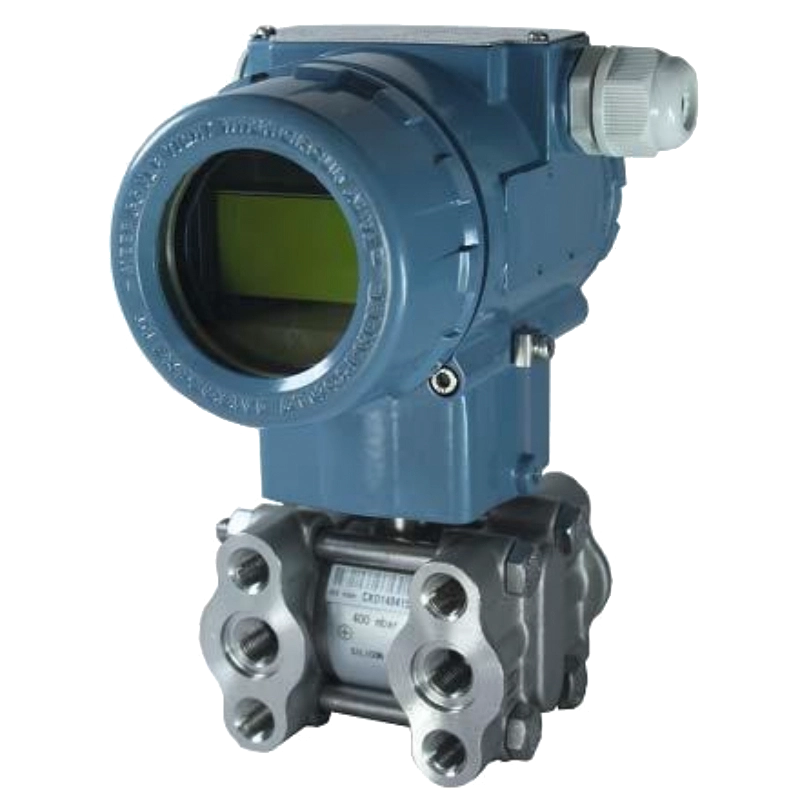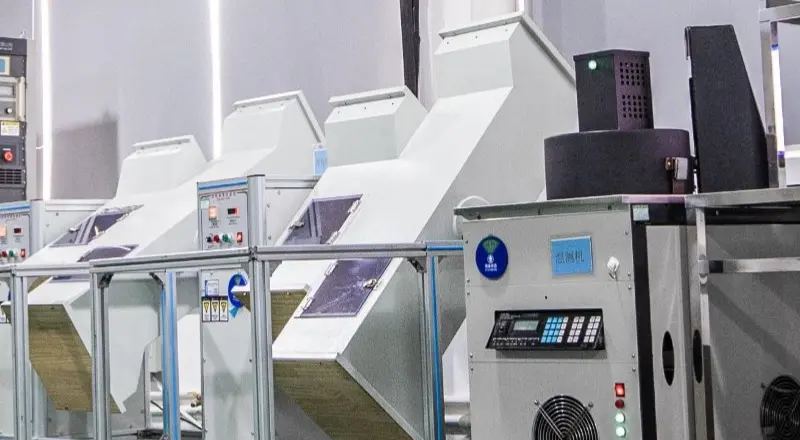Application and product advantages of wireless load displacement sensor equipment
Release time: 2024-12-02
Wireless load displacement sensor is a device that combines wireless communication technology and displacement sensing technology. It is mainly used to measure the displacement or load change of an object and transmit the data to a remote device in real time. The following are some typical application devices and fields:
Industrial Automation and Production Line Equipment
Application Devices: Conveyor belts, automated production lines, robotic arms, automated inspection equipment, etc.
Application Scenario: High efficiency wireless load displacement sensor can monitor the movement trajectory, load changes, or position adjustments of mechanical components in real-time, ensuring precise control and real-time feedback during the production process. This helps improve production efficiency and reduce equipment failures.
Building Structural Health Monitoring
Application Devices: Bridges, tunnels, buildings, towers, etc.
Application Scenario: Deploying wireless load displacement sensors at key locations of buildings or structures can monitor changes in the building’s displacement, settlement, stress, and other aspects in real time, identify potential safety hazards in a timely manner, and conduct early warnings and maintenance.
Bridges and Traffic Facilities
Application Devices: Bridges, railway tracks, road facilities, etc.
Application Scenario: Wireless load displacement sensors monitor pressure and displacement changes on bridges or roads when vehicles (e.g., cars, trains) pass, helping to evaluate the impact of traffic loads on infrastructure and providing real-time data for timely maintenance and damage prevention.
Civil Engineering and Geological Monitoring
Application Devices: Dams, landslides, embankments, etc.
Application Scenario: Wireless load displacement sensors used in dam bodies or landslide monitoring areas can track displacements or settlements, ensuring the stability of these facilities under extreme conditions and enabling early detection of abnormalities and timely intervention.
Wind Power Equipment
Application Devices: Wind turbines (including blades, tower structures, etc.)
Application Scenario: Wireless load displacement sensors monitor the displacement and load changes of wind turbine towers and blades, providing real-time feedback on turbine performance, aiding in performance evaluation and fault diagnosis.
Automobiles and Transportation Equipment
Application Devices: Vehicle suspension systems, tire pressure monitoring, vehicle dynamic control systems, etc.
Application Scenario: high-precision Wireless load displacement sensors monitor load and displacement in vehicle chassis and suspension systems, helping optimize vehicle stability and ride comfort. In some high-end vehicles, sensors also provide real-time data for active suspension or autonomous driving systems.
Energy and Electrical Facilities
Application Devices: Electrical facilities, substations, power generation equipment, transmission lines, etc.
Application Scenario: Wireless load displacement sensors are used to monitor load changes, displacements, and forces in power facilities during operation, ensuring the safe operation of electrical equipment and reducing the risk of downtime due to equipment failure.
Aerospace and Military Equipment
Application Devices: Aircraft, rockets, drones, military equipment, etc.
Application Scenario: In aerospace, wireless load displacement sensors monitor the deformation, displacement, and load of components during flight to ensure flight safety and stability.
Smart Manufacturing and Robotics
Application Devices: Industrial robots, automated production equipment, 3D printers, etc.
Application Scenario: In smart manufacturing, wireless load displacement sensors help accurately monitor robot movement precision, workload, and displacement changes, optimizing control systems to ensure operational accuracy and efficiency.
Agricultural Equipment
Application Devices: Automated agricultural machinery, unmanned agricultural vehicles, etc.
Application Scenario: In agriculture, wireless load displacement sensors monitor the operational status of automated machinery, such as seeders and tractors, providing data to improve work efficiency and operational quality.
Comparison of the advantages of wireless vs. wired load displacement sensors.
| Advantages | Wireless Sensors | Wired Sensors |
| Installation | Easier in remote locations | Requires wiring |
| Maintenance | Fewer cables, easier upkeep | More maintenance due to wires |
| Interference | Less prone to interference | Possible signal degradation |
| Scalability | Easy to expand | Limited by wiring |
| Safety | Lower electrical risk | Higher electrical risk |
| Cost | Higher initial cost | Lower setup cost |
| Advantages | Wireless Sensors | Wired Sensors |
| Installation | Easier in remote locations | Requires wiring |
| Maintenance | Fewer cables, easier upkeep | More maintenance due to wires |
Wireless load displacement sensors are widely used in applications that require high environmental conditions, equipment status, and real-time data feedback, especially in applications that require remote monitoring, real-time transmission, and flexible installation. Wireless technology makes it easier to integrate these sensors into various devices and systems, reducing wiring complexity and improving system flexibility and reliability.


 />
/> />
/>